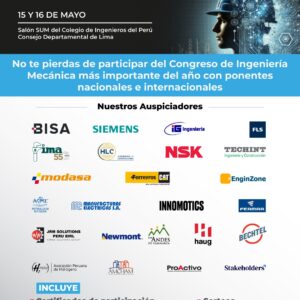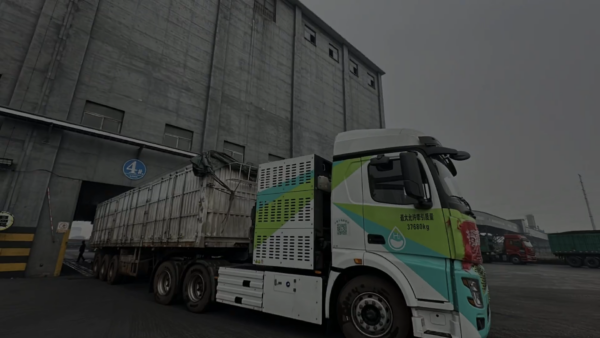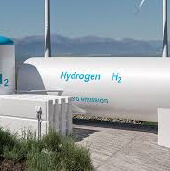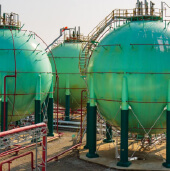Q&A: Peru sowing green H2 in mining patch
Copper-exporter Peru is planting seeds of green hydrogen, starting with the strategic mining sector. Daniel Camac, deputy country manager in Peru for French utility Engie, presides the country’s new hydrogen association H2 Peru. He spoke with Argus correspondent Lucien Chauvin about the emerging fuel.
Where does Peru stand with green hydrogen?
Discussions about green hydrogen in Peru began in 2020, looking at the experience in neighboring Chile and countries in Europe. Energy and mining companies that operate here, which already had experience with green hydrogen in other parts of the world, decided to form H2 Peru in February 2021. We now have 21 member companies.
We prepared a first study last year to identify Peru’s potential for hydrogen production and consumption. This document is the foundation for a national hydrogen strategy and draft legislation for hydrogen. The strategy and green hydrogen bill in congress should be ready in the first quarter of this year.
What are some of the key points from the study?
Peru has enormous renewable energy potential. The country has the capacity to generate more than 100GW from hydroelectric, solar and wind sources.
There are three hubs along the coast where green hydrogen could be developed. Ica, just south of Lima, has strong potential for wind generation, and the first large-scale wind farms are under construction there. Along the northern coast, there are areas with wind potential of 5kWh/m2, while on the southern coast solar potential is 5kWh/m2.
Green hydrogen production has the greatest potential in these areas because it is where Peru has the highest demand from industry (center) and mining (north and south). In the south, authorities are looking at the possibility of building a mineral railroad. This rail project, which would cover around 1,000km, would be the first large-scale transportation project that could use green hydrogen.
Electrification of mining transportation has attracted the most attention. In Peru, diesel accounts for around 50pc of the energy consumption of mines because of transportation. High tonnage transportation is a primary target for green hydrogen.
The study estimated that the levelized cost of hydrogen would be around $2.6/kilo in 2030, falling to $1.9/kilo in 2040 and $1.3/kilo in 2050. These would be very competitive prices compared to those estimated in other parts of the world.
Ver más



